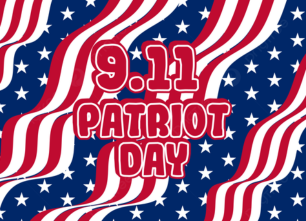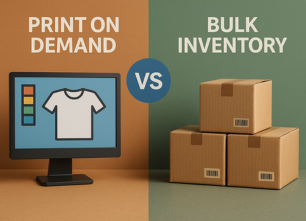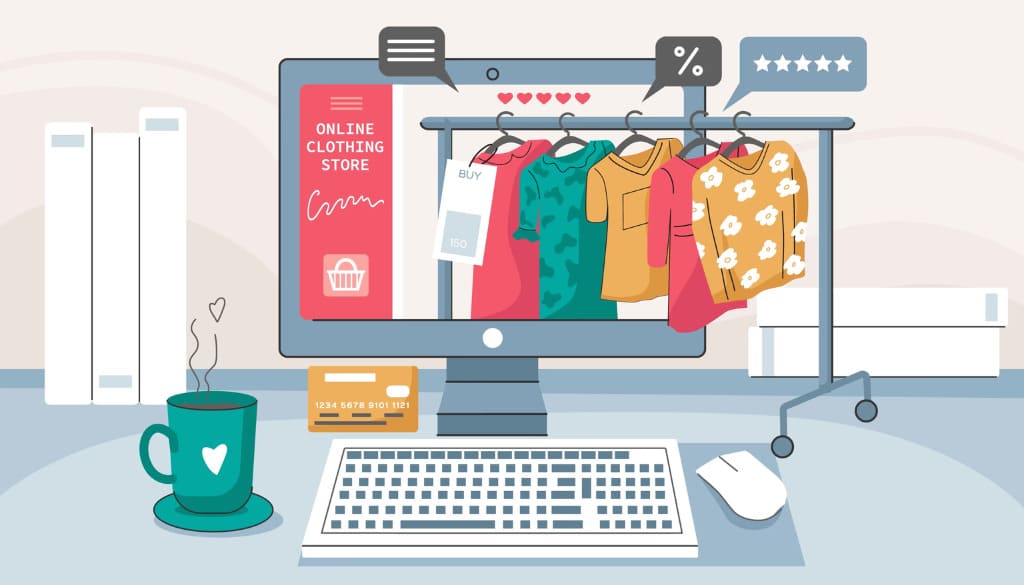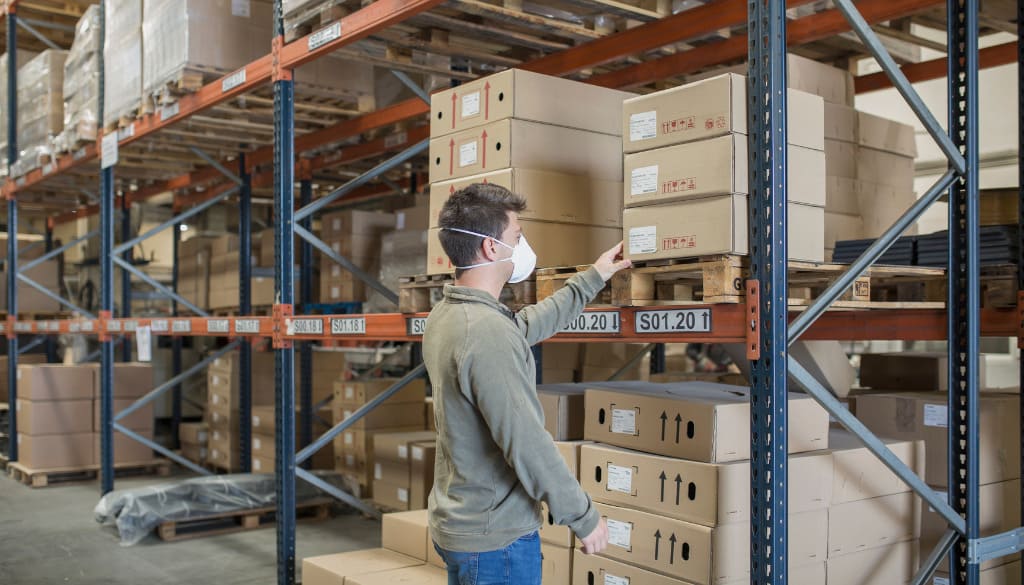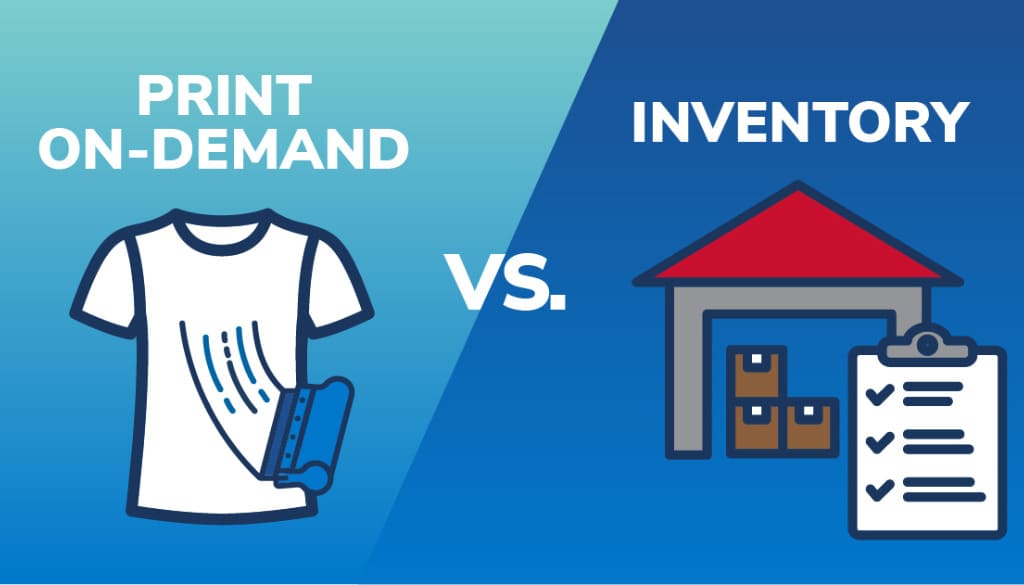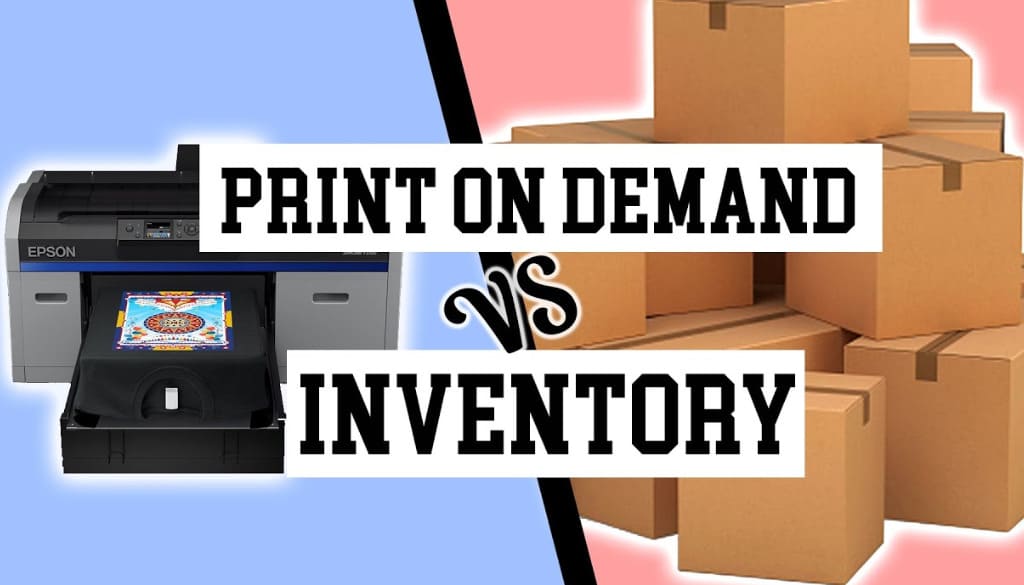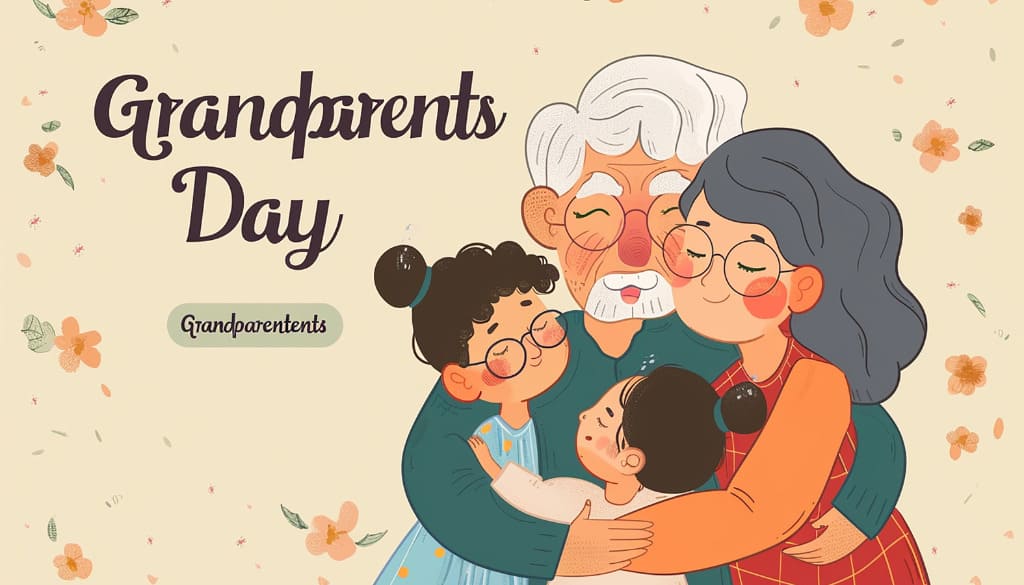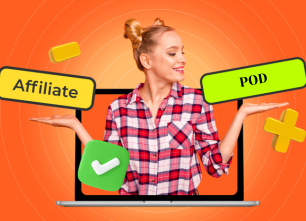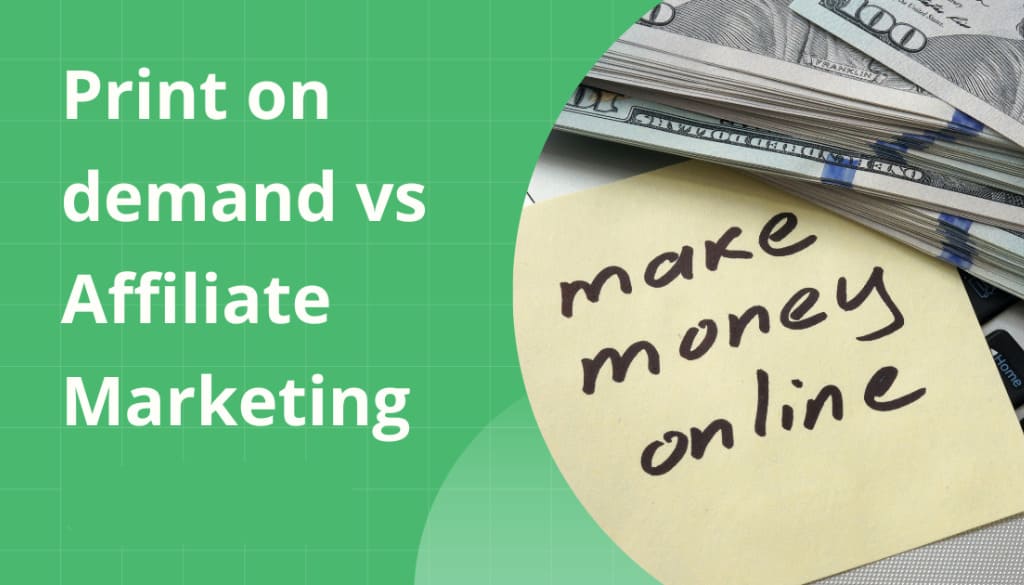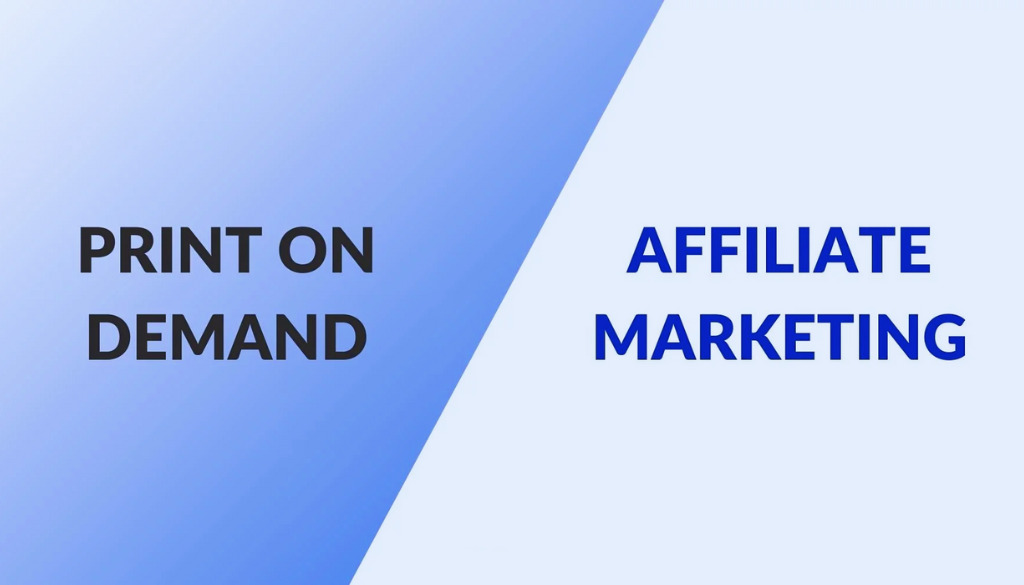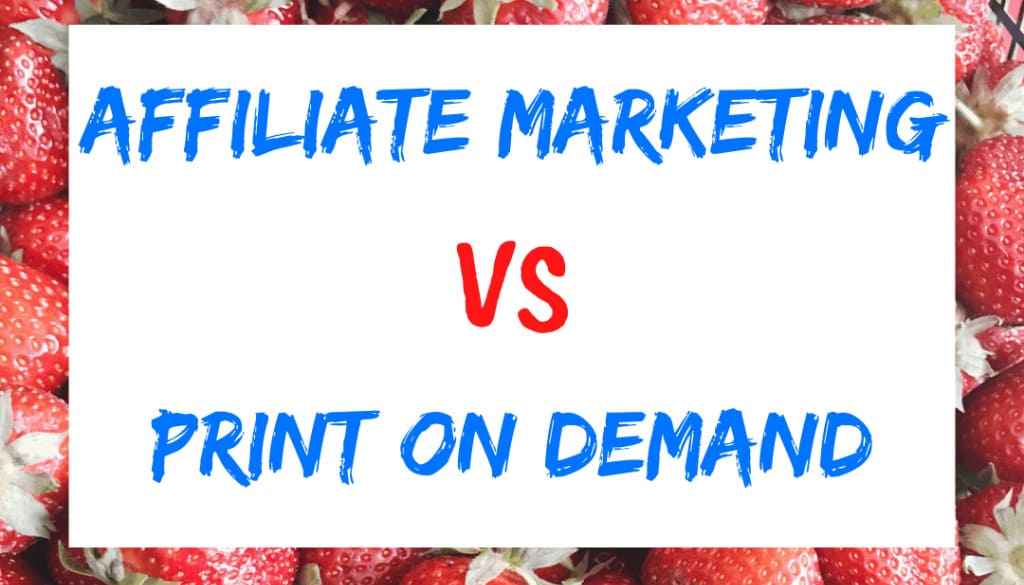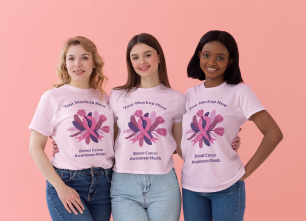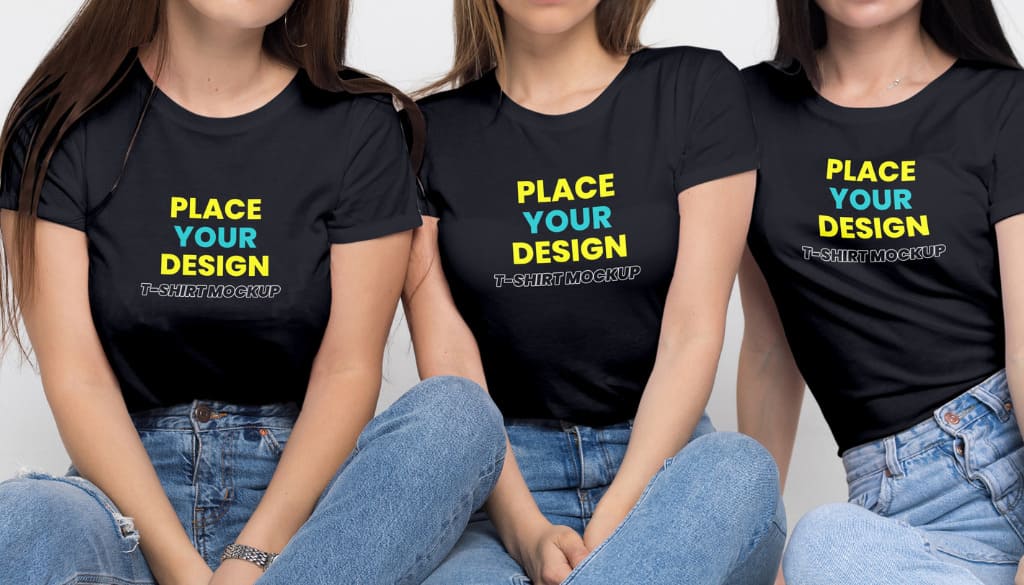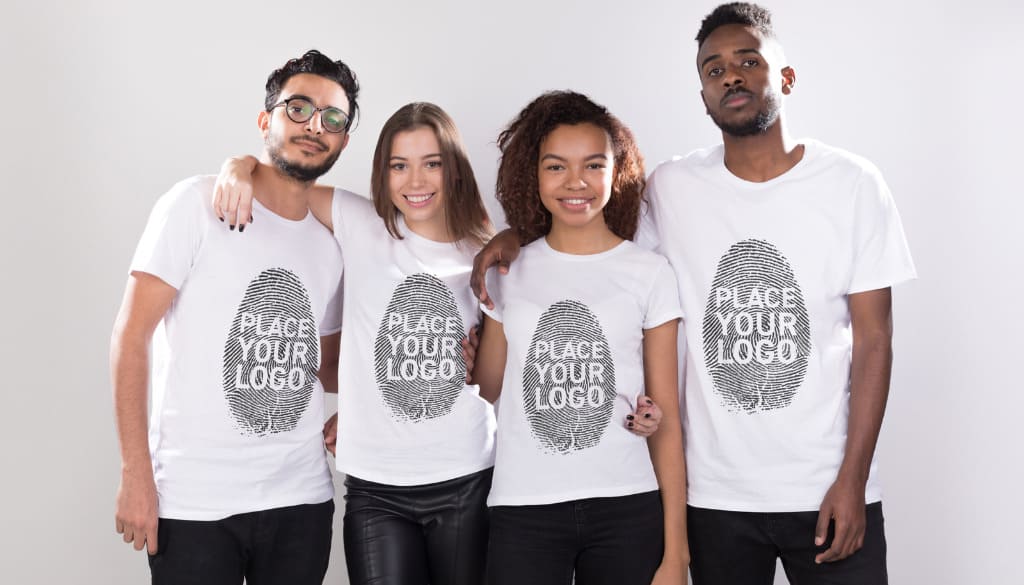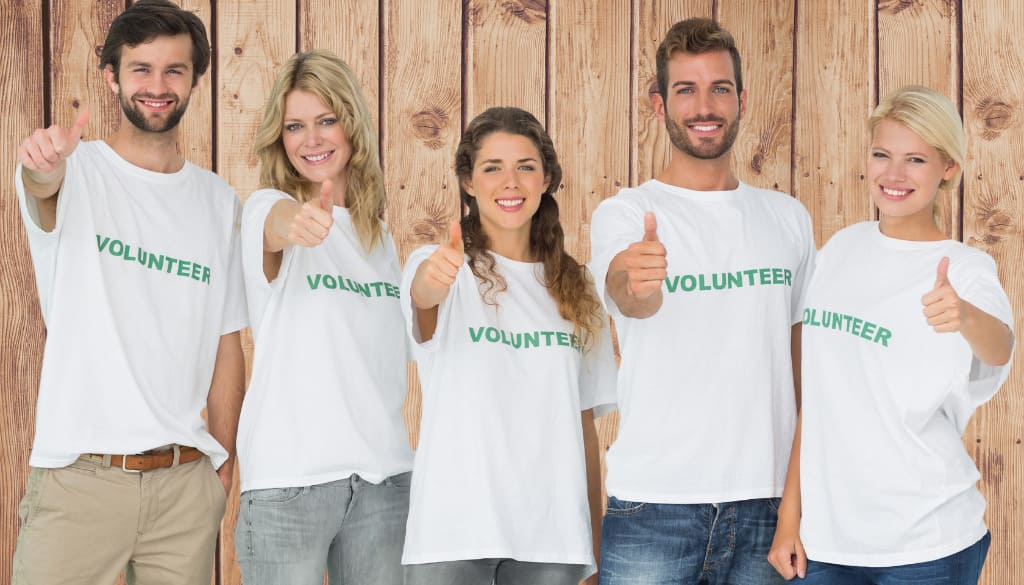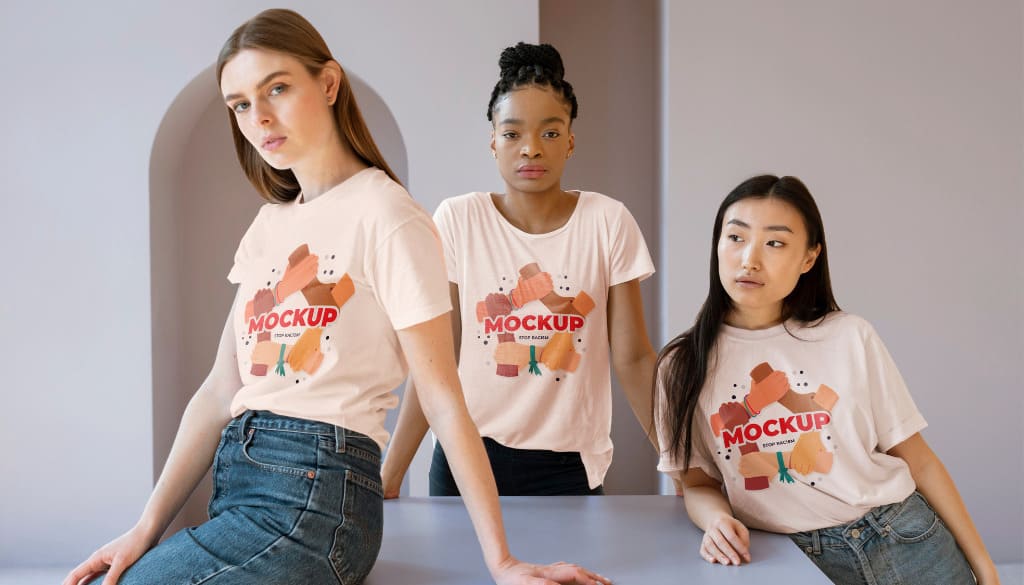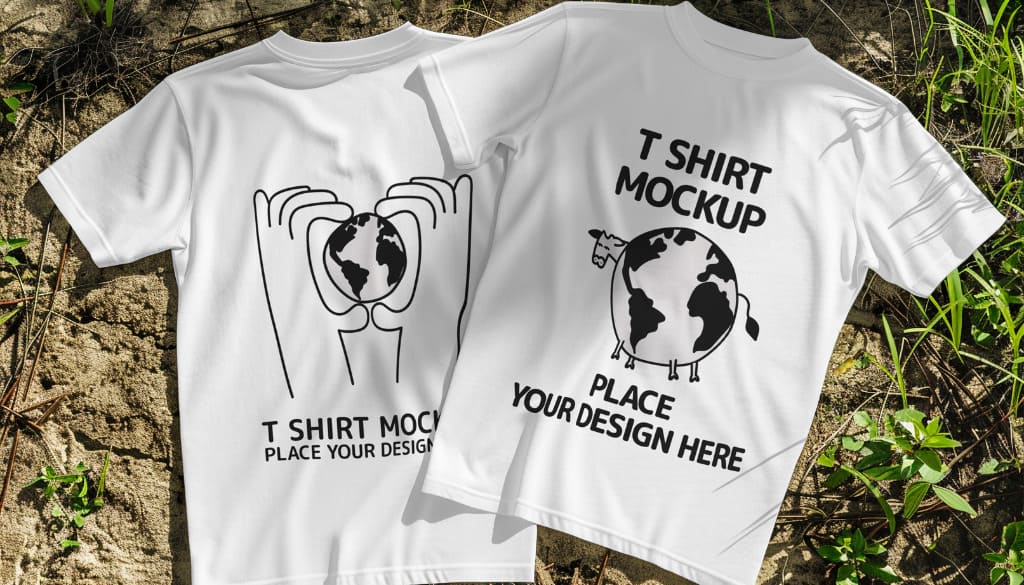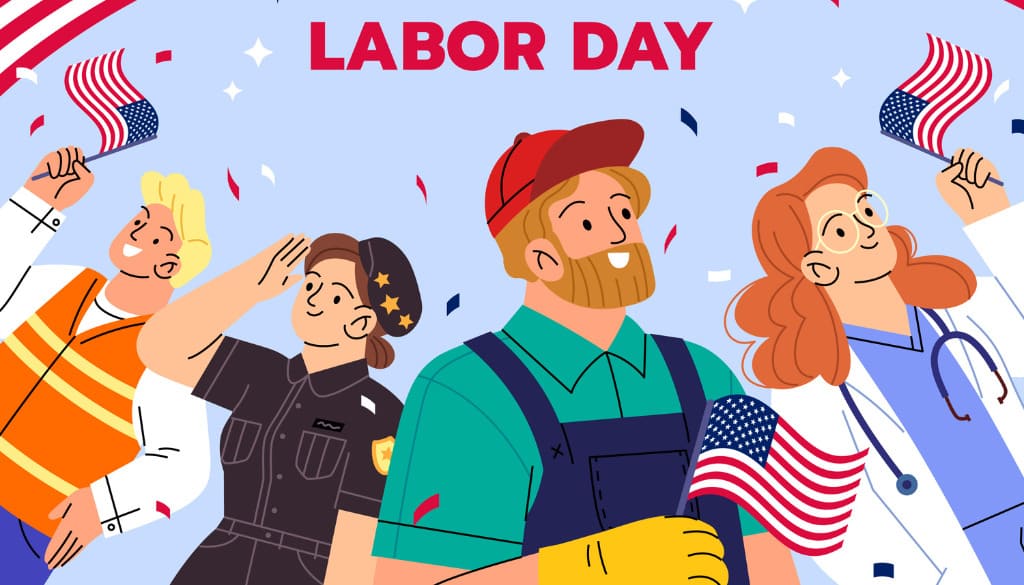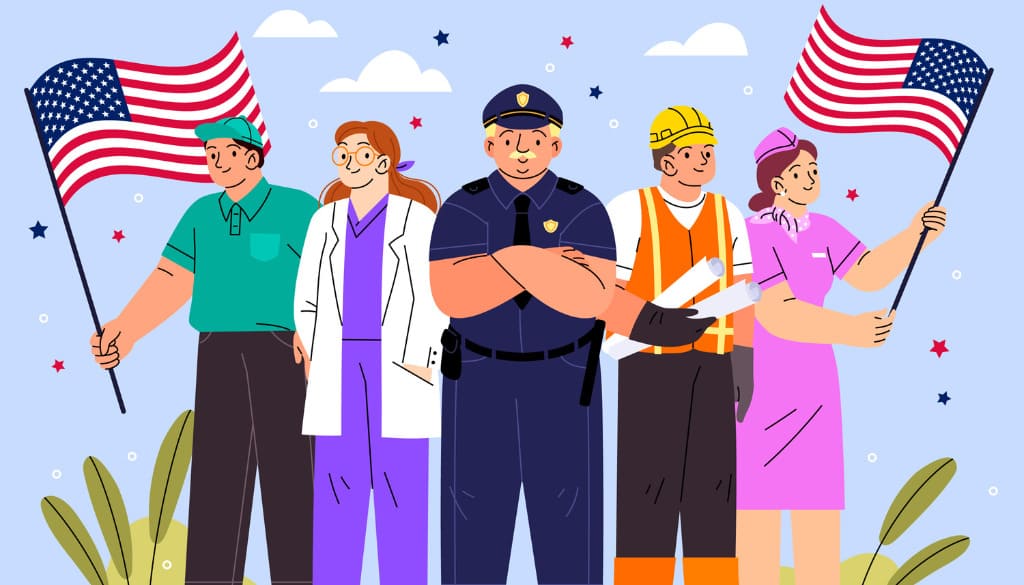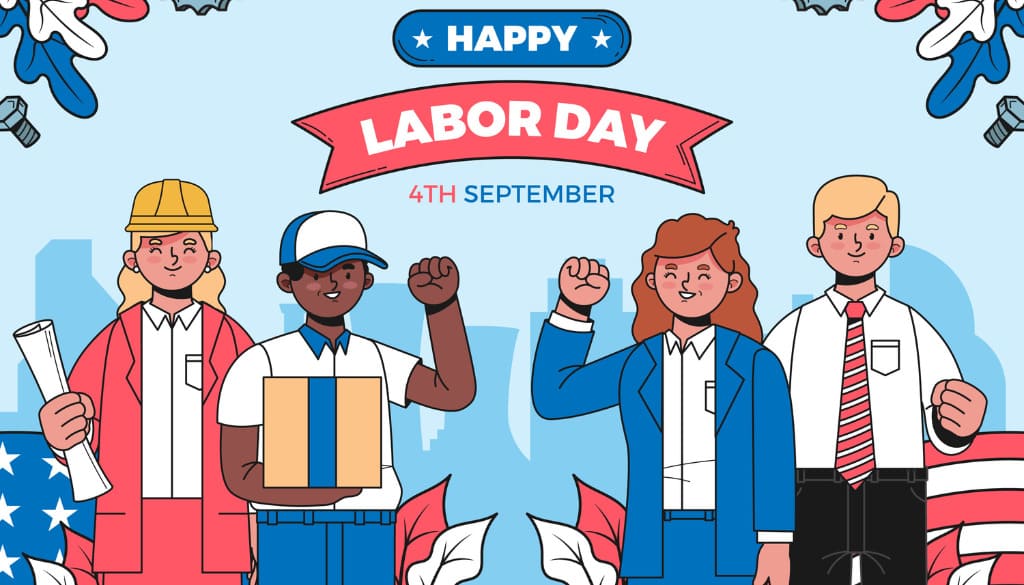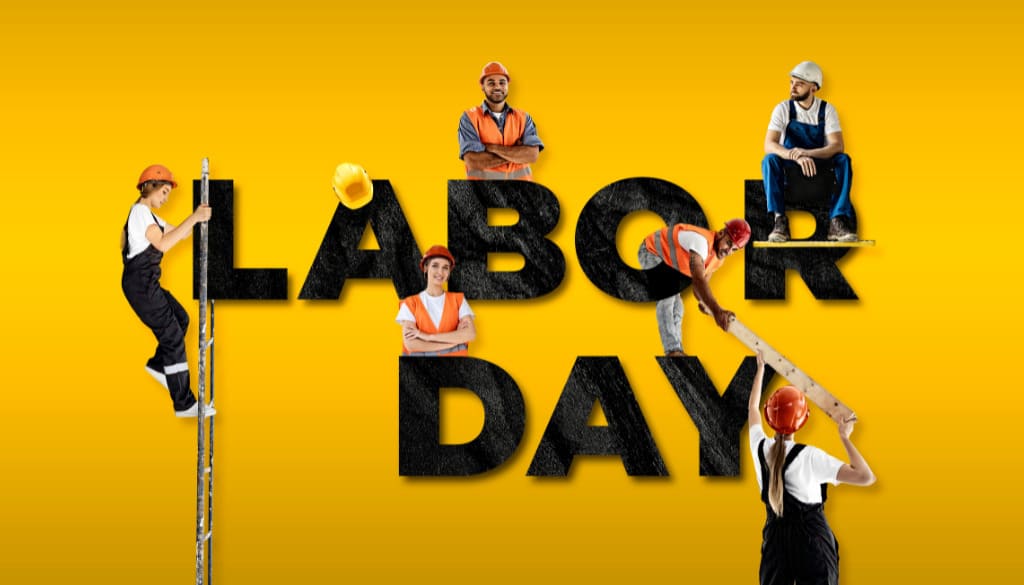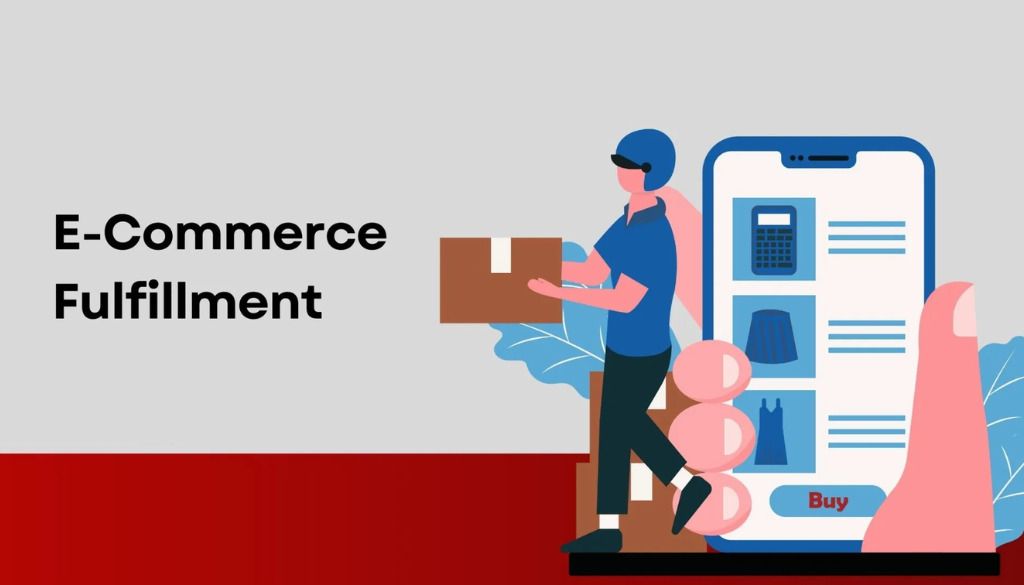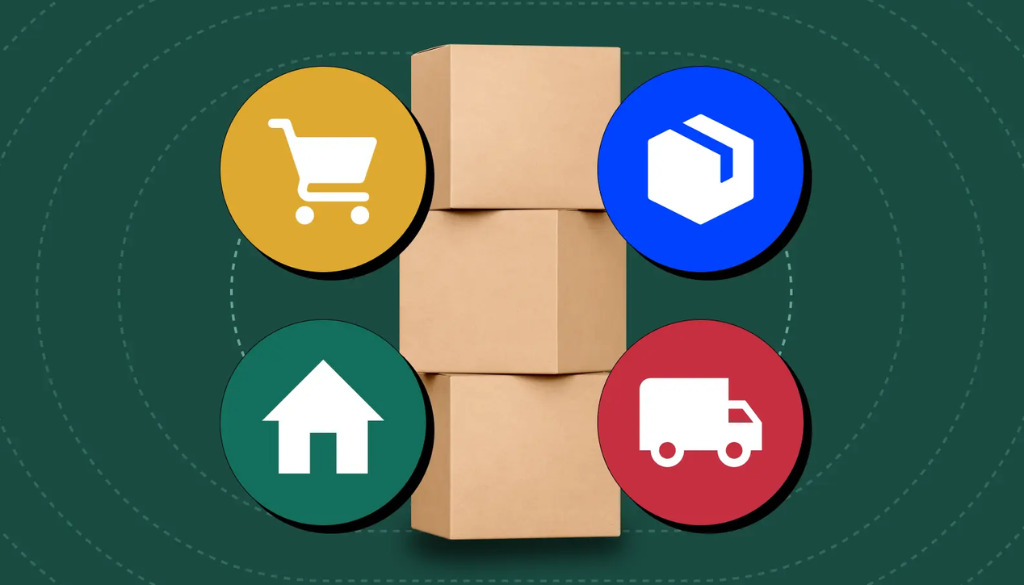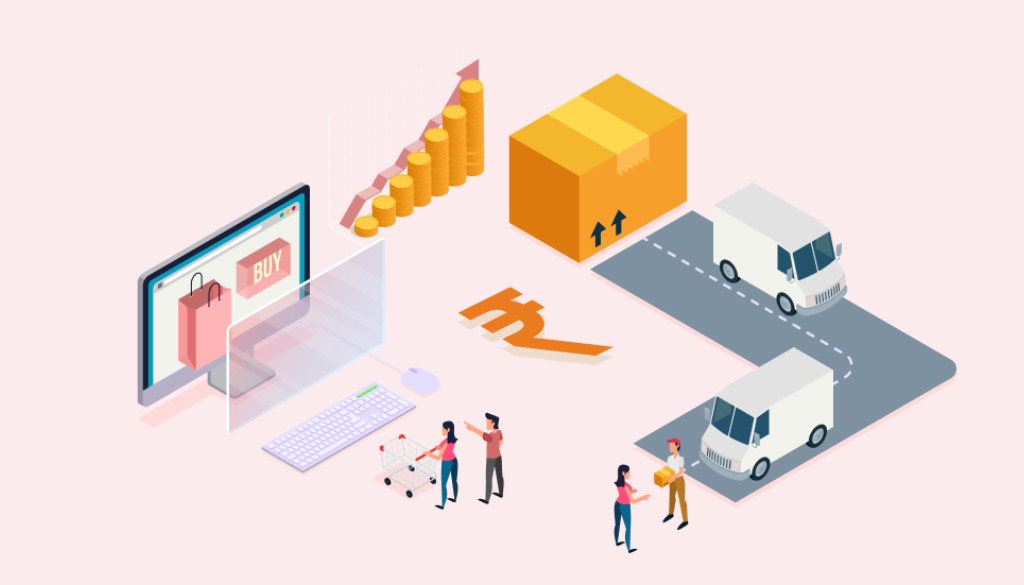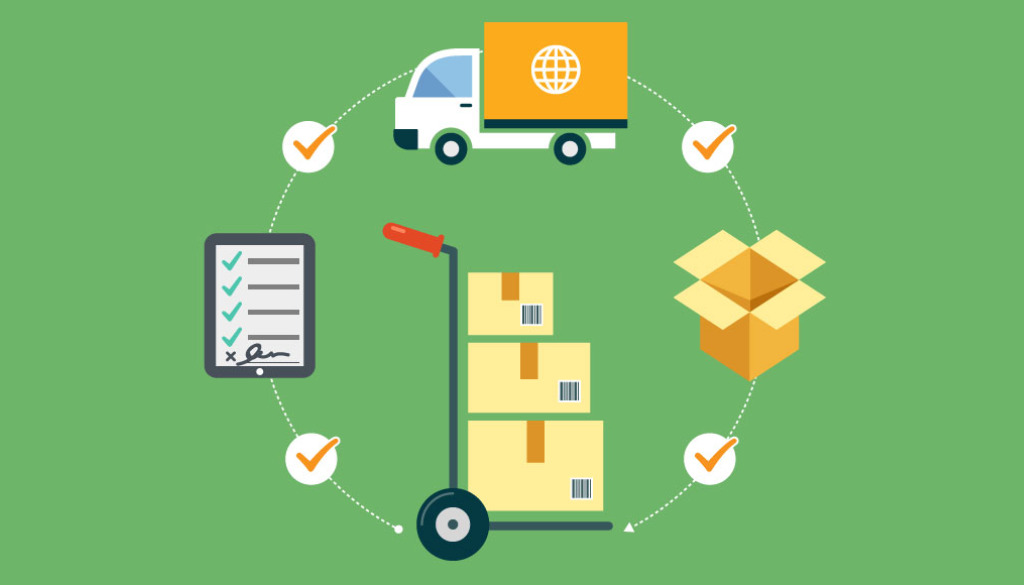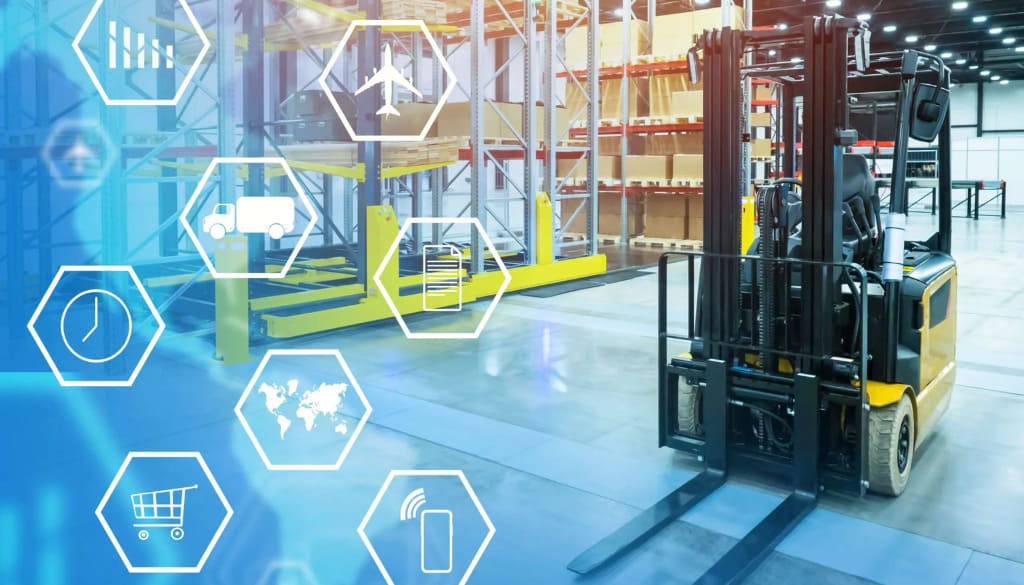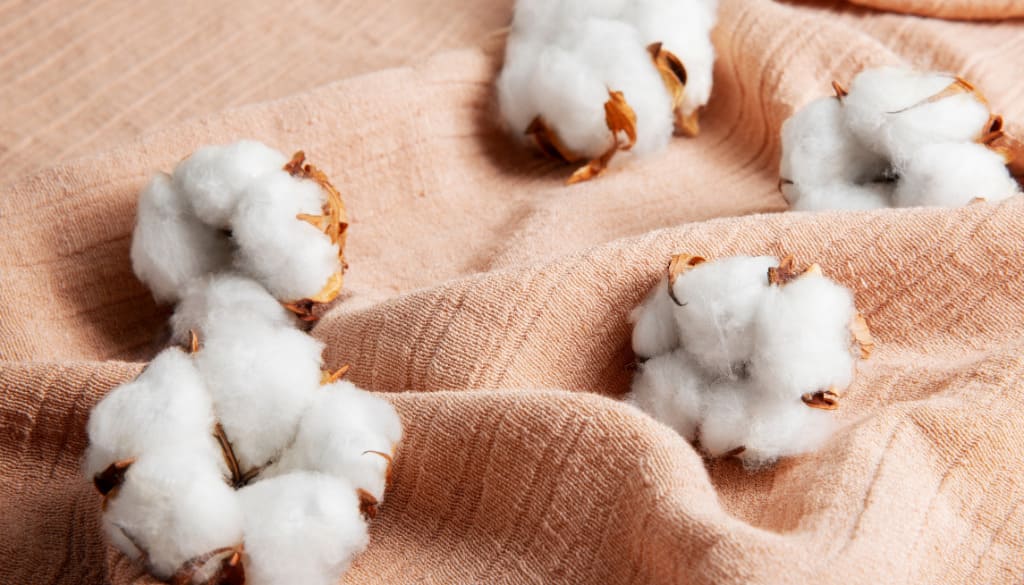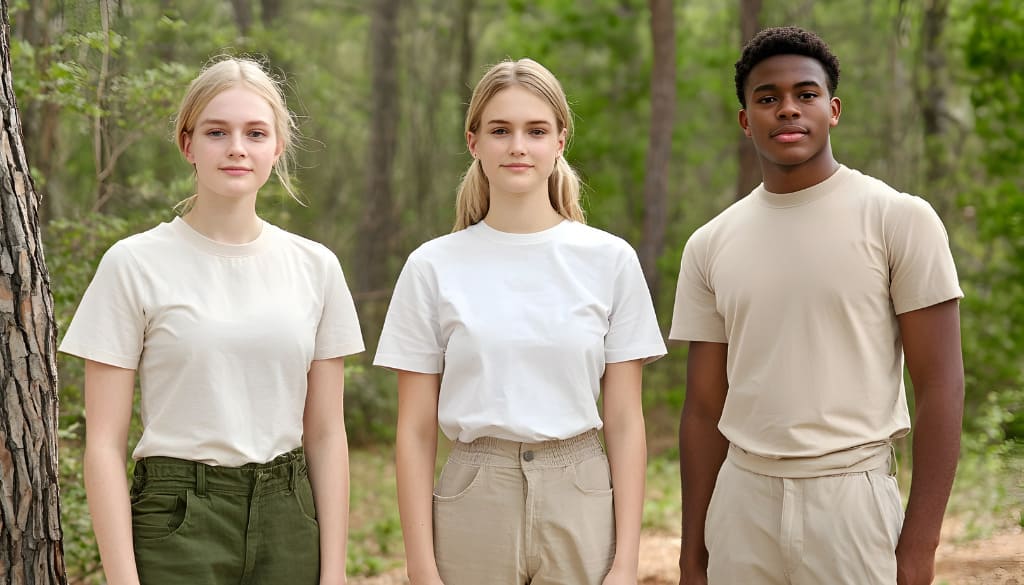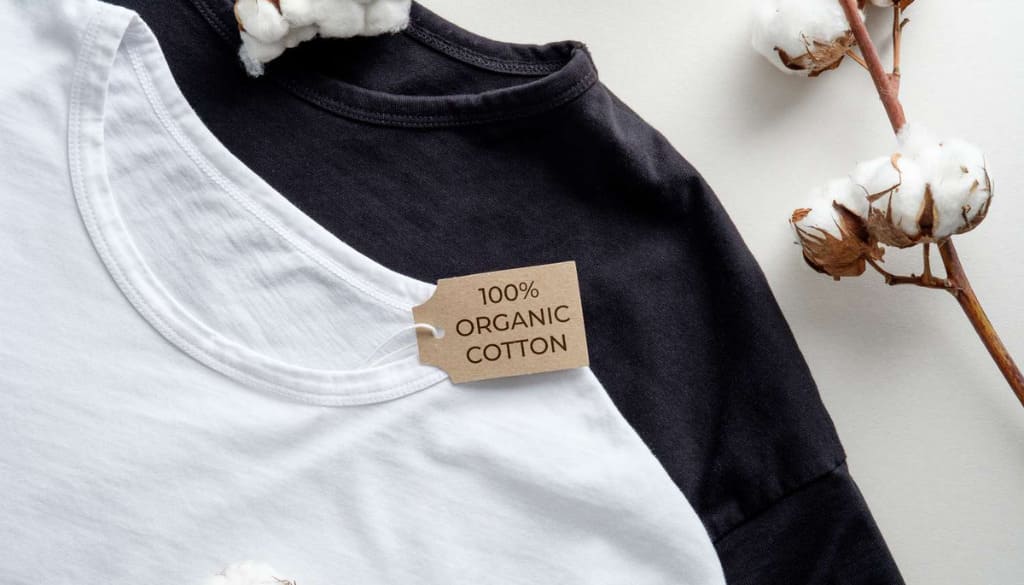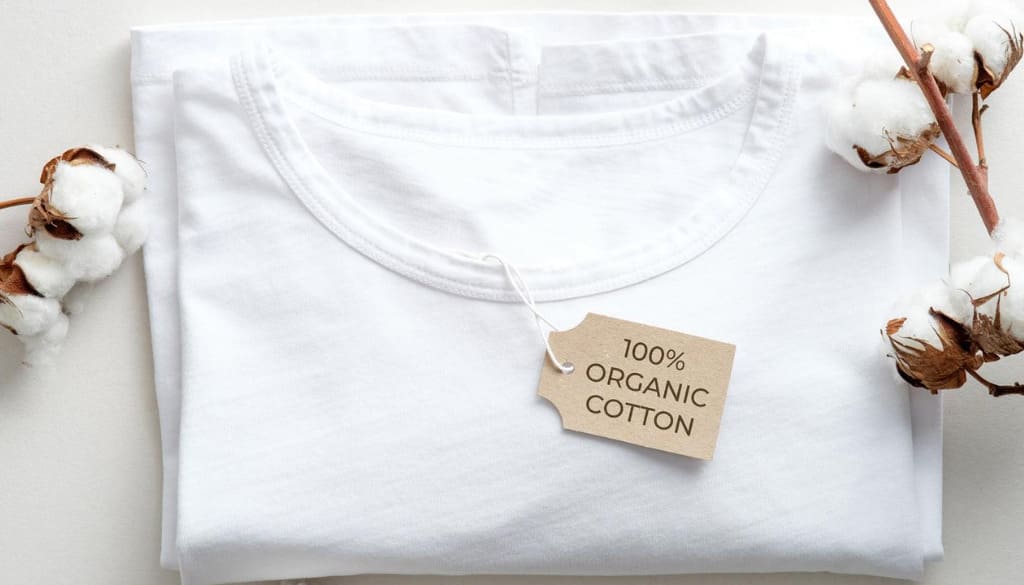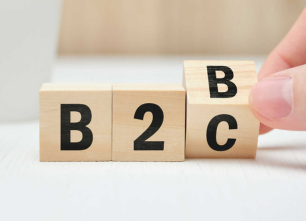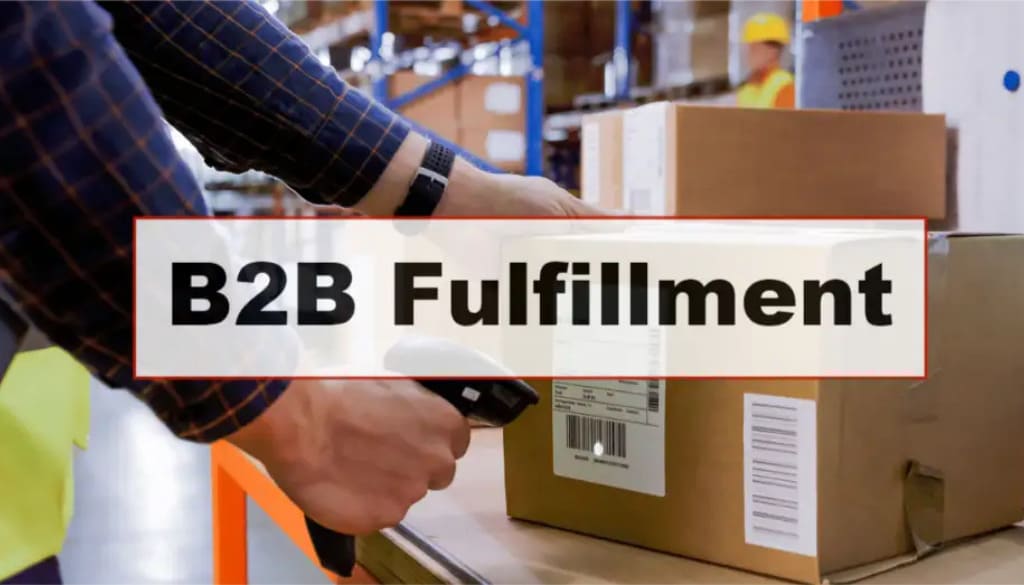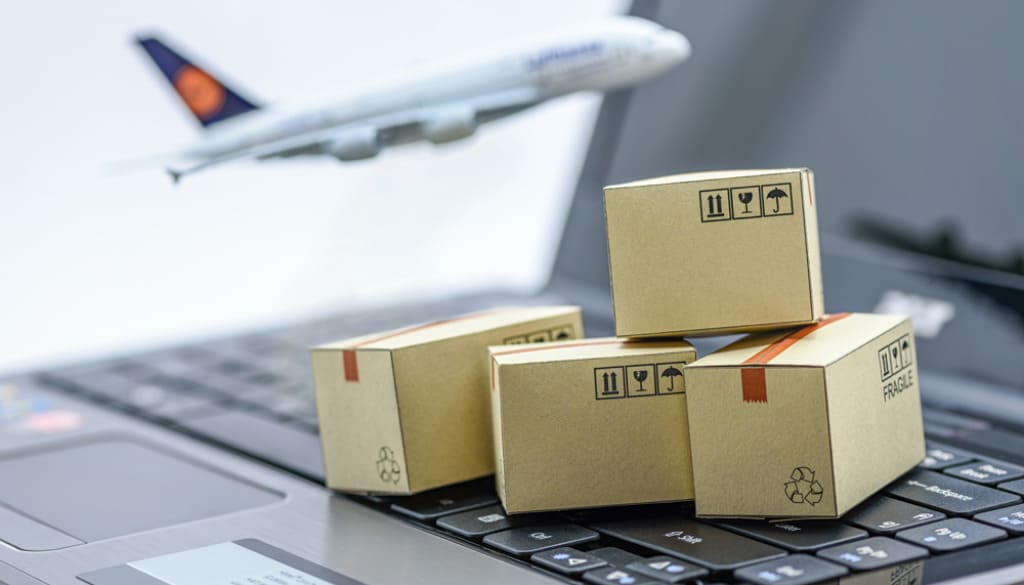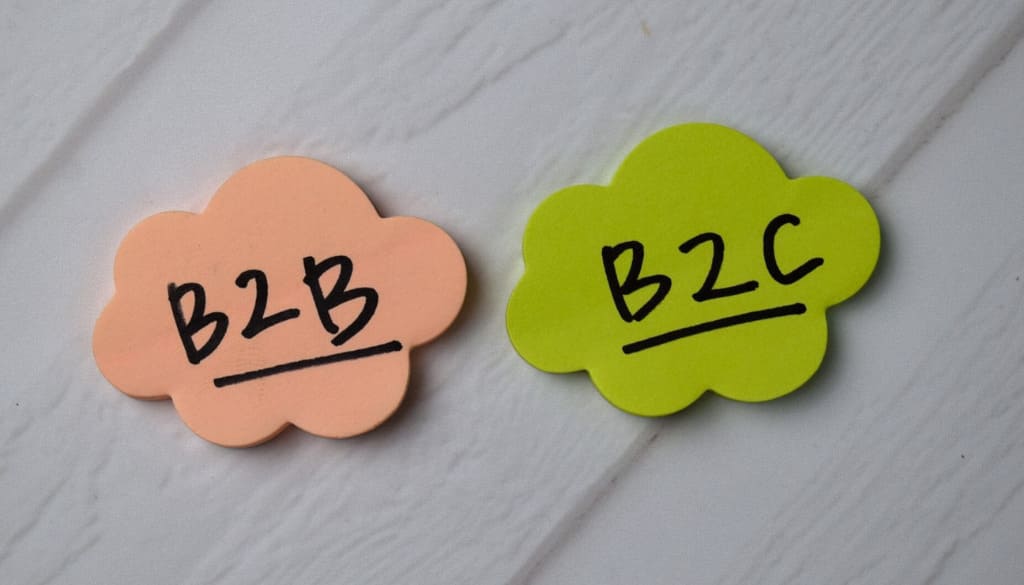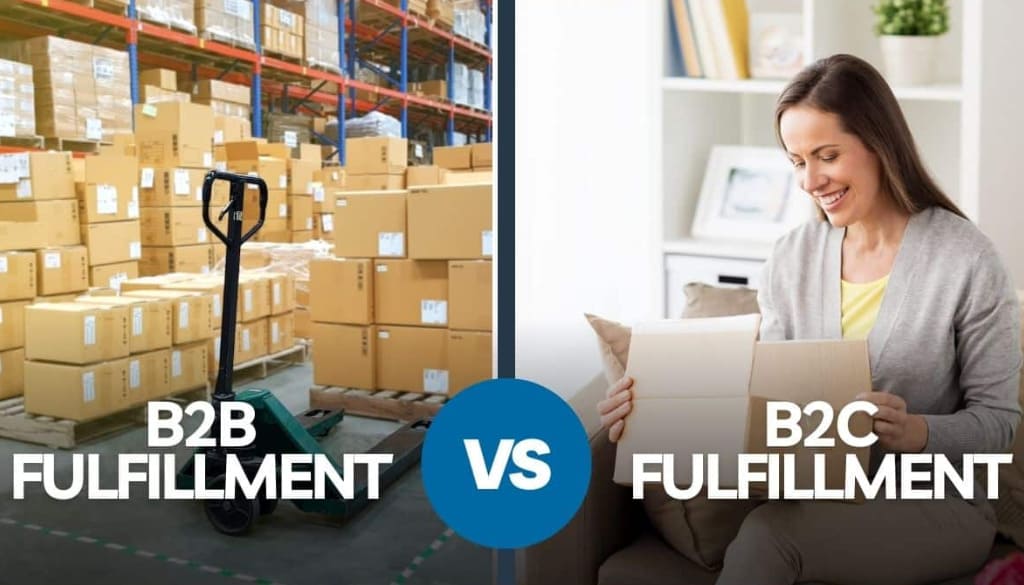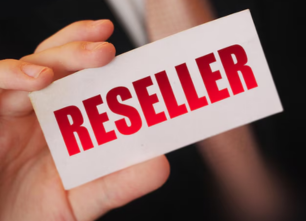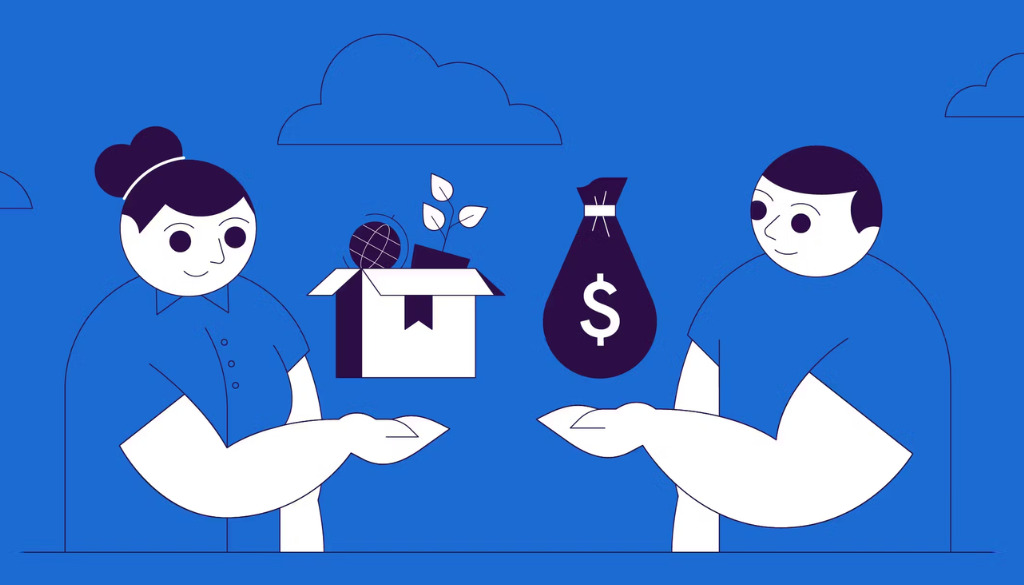Patriot Day (September 11) is not only a day of remembrance in American history but also an opportunity for millions of people to express their patriotism and honor the heroes. In this meaningful atmosphere, POD products become an emotional bridge, opening up a highly promising niche market. Join FlashShip as we explore how to turn this commemorative event into a heartfelt business opportunity from understanding the essence of Patriot Day and capturing gift-giving trends to discovering creative POD design ideas that drive sales growth in the article below.
What Is Patriot Day?
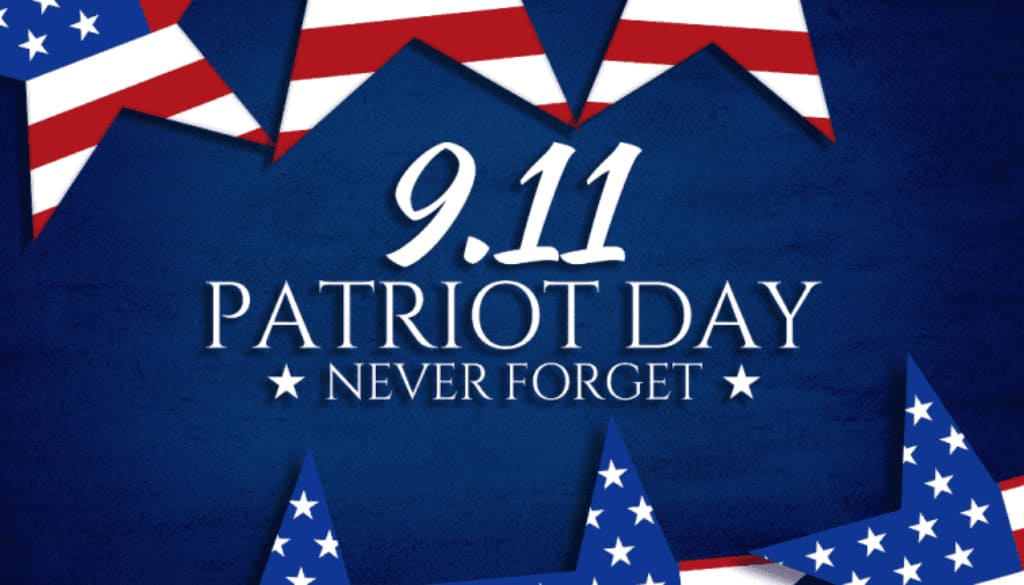
1. The History of Patriot Day
Patriot Day is a national day of remembrance in the United States, observed annually on September 11 to honor the 2,977 victims who lost their lives in the terrorist attacks on September 11, 2001. Shortly after the tragedy, President George W. Bush declared September 14, 2001, as a National Day of Prayer and Remembrance for the victims.
One year later, on September 11, 2002, the day was officially recognized as Patriot Day. Under U.S. law, on this day, the President directs all federal government agencies to fly the flag at half-staff. Citizens are also encouraged to display the flag at their homes and observe a moment of silence at 8:46 a.m. (ET), the exact time when the first plane struck the North Tower of the World Trade Center.
2. Patriot Day (9/11) vs. Patriots’ Day (April)
One crucial detail that POD sellers should note is the distinction between Patriot Day (September 11) and Patriots’ Day.
- Patriots’ Day is observed on the third Monday of April and is an official holiday in some states, such as Massachusetts and Maine.
- This day commemorates the Battles of Lexington and Concord in 1775, which marked the start of the American Revolutionary War.
Confusing these two holidays can lead to inaccurate marketing campaigns and inappropriate product designs. Therefore, ensure that your designs and messaging focus specifically on commemorating the 9/11 event when preparing Patriot Day-related products.
3. The Meaning and Spirit of Patriot Day
Patriot Day is not a day of celebration. Instead, it carries a solemn, reflective, and respectful atmosphere. Its core significance includes:
- Remembrance: Honoring the lives lost, including flight passengers, office workers, and especially the firefighters, police officers, and first responders who sacrificed their lives during rescue efforts.
- Tribute: Recognizing the bravery and heroism of first responders and ordinary citizens who acted selflessly in moments of crisis.
- Unity: A reminder of the resilience and solidarity of the American people when faced with adversity.
- Patriotism: Expressing love for the nation, not through loud slogans, but by valuing peace, freedom, and the sacrifices of those who came before.
For POD sellers, understanding these layers of meaning is key to creating thoughtful, meaningful designs that resonate deeply with customers and are truly appreciated.
Besides Patriot Day, the United States has many other important holidays such as Labor Day, Memorial Day, Independence Day, Veterans Day, and Thanksgiving. These special occasions not only hold deep cultural and historical significance but also present great opportunities for POD sellers to leverage seasonal consumer trends, create relevant product ideas, and boost sales.
Shopping & Gift Trends for Patriot Day
While there are no official spending statistics for Patriot Day comparable to major U.S. holidays like Christmas or Thanksgiving, shopping patterns and consumer behavior over the years reveal clear emerging trends based on search data and purchasing habits.
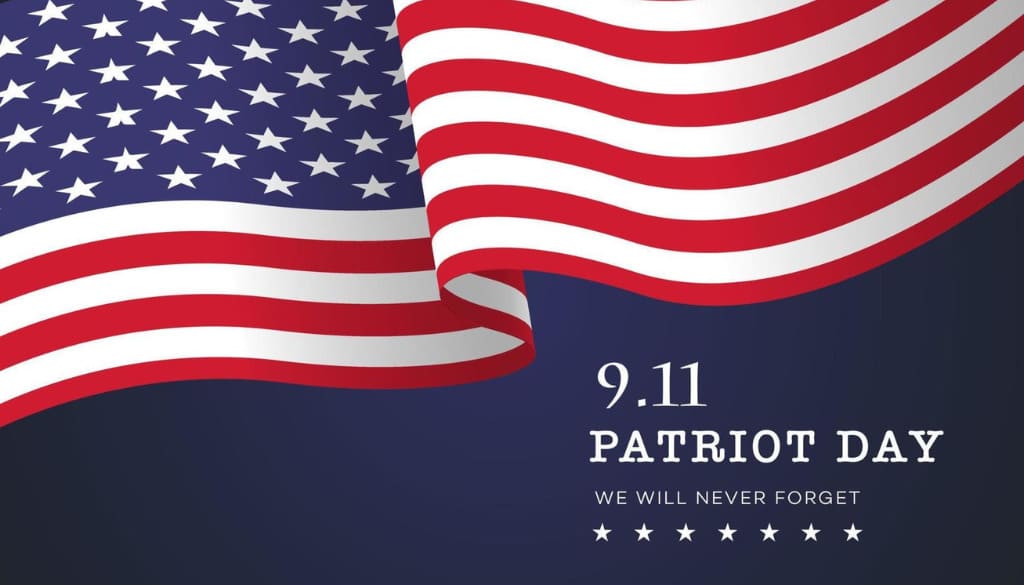
1. Rising Searches & Demand for Patriotic-Themed Products
According to Google Trends, search interest for keywords like “Patriot Day”, “9/11 memorial”, and “Never Forget shirt” begins to spike in late August and peaks during the first week of September. This indicates that consumers are actively looking for products that help them express their emotions, memories, and patriotism during this period.
Insights from Statista:
- Around 65% of Americans express their patriotism on Patriot Day by displaying flags or wearing apparel featuring the U.S. flag.
- Gifts for veterans and first responders, including firefighters, police officers, and nurses, are becoming increasingly popular. The U.S. gratitude gifting market exceeds $7 billion annually.
This data highlights that Patriot Day is not just a day of remembrance, it also represents a prime opportunity for POD products that embody patriotism, honor, and gratitude.
2. Key Characteristics of Popular Patriot Day Products
- Respectful & Subtle Designs Unlike the vibrant and celebratory tone of Independence Day (July 4), Patriot Day products tend to adopt muted color palettes and thoughtful designs that focus on meaningful messages rather than playful patterns.
- The primary colors remain red, white, and blue, but they are styled in a more solemn and respectful way.
- Message-Centered Concepts
Slogans and quotes play a central role in product appeal. Phrases like:
- “Never Forget”
- “We Will Never Forget”
- “9.11.01”
- “Honor the Fallen”
- “Support Our First Responders”
carry strong emotional resonance and are widely searched by consumers.
- Quality Over Quantity
Shoppers often seek keepsake-worthy products — items they can cherish for years rather than disposable merchandise.- They’re willing to pay more for high-quality materials and unique designs that hold sentimental value.
- Personalization Is a Rising Trend
Customized items, such as adding the name of a firefighter, police officer, or loved one who served, represent a promising niche for POD sellers.
3. Best-Selling Patriot Day POD Products
- Apparel: T-shirts, hoodies, and caps dominate the market. Customers look for wearable products they can use at memorial events, at workplaces, or daily, as a subtle way to honor 9/11 victims and heroes.
- Home Décor: Products like flags, canvas prints, posters, and ornaments are highly sought-after.
- Example: A canvas featuring a stylized illustration of the Twin Towers or a memorial quote can become a meaningful centerpiece in a customer’s home.
- Accessories: Mugs, phone cases, and stickers are among the most affordable and giftable products.
- A simple “Never Forget” mug can serve as a daily reminder while also being practical.
- Tribute Collections: Special designs honoring firefighters, police officers, military members, and first responders consistently maintain stable demand within this niche.
Patriot Day and the Opportunity for the Print on Demand Model
For POD sellers, Patriot Day is more than just a seasonal even, it represents a deeply emotional niche market with the potential for sustainable revenue if approached strategically.
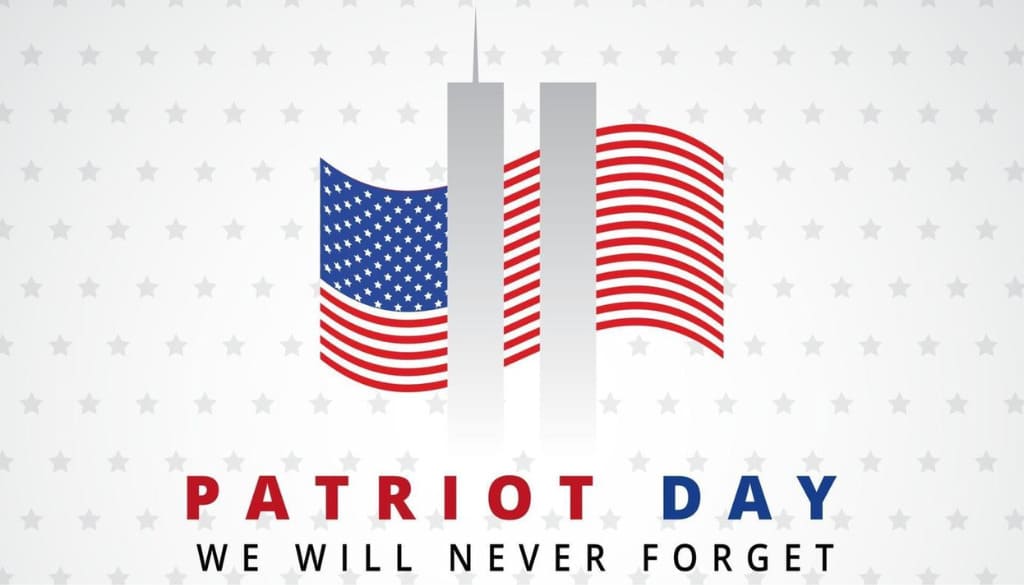
1. Why Patriot Day Is an Opportunity You Shouldn’t Miss
- High Emotional Demand: Unlike typical shopping behavior, purchasing decisions during Patriot Day are largely driven by strong emotions, grief, remembrance, pride, and patriotism. Products that resonate with these sentiments have significantly higher conversion rates.
- Lower Competition Compared to Major Holidays: Unlike Halloween or Christmas, fewer sellers focus on Patriot Day, creating a “blue ocean” opportunity for well-prepared sellers with a clear strategy.
- Build a Meaningful Brand Identity: By offering respectful, heartfelt, and meaningful products, you’re not just selling you’re building a brand that demonstrates empathy and social awareness. This approach helps create stronger, long-term connections with your customers.
- Diverse Sub-Niches Within Patriot Day: Patriot Day allows sellers to explore multiple micro-niches, including:
- Products dedicated to firefighter and police families.
- Gifts for veterans and military personnel.
- Educational products for teachers who want to discuss 9/11’s historical significance with students.
- Memorial-focused products designed for residents of New York, Washington D.C., and Pennsylvania, areas directly impacted by the tragedy.
2. Market Strategies for POD Sellers
- Start Early: Prepare your designs and list products by mid-August. This gives your listings enough time to be indexed by search engines and marketplace algorithms before consumer demand peaks in early September.
- Conduct In-Depth Keyword Research: Use tools like Google Keyword Planner, Ahrefs, or niche-specific platforms for Etsy and Amazon to identify long-tail keywords your potential customers are searching for.
- Examples: Instead of just “Patriot Day shirt”, target more specific, high-intent keywords like:
- “tasteful 9/11 memorial t-shirt”
- “first responder honor flag apparel”
- “never forget 343 firefighter gift” (343 refers to the FDNY firefighters who lost their lives during 9/11).
- Optimize SEO for Every Product
- Title: Include your main keyword and describe the design clearly.
- Example: “Never Forget 9/11 T-Shirt | Patriot Day Memorial Tee | Honoring Heroes Shirt”.
- Description: Tell a short, meaningful story behind the design. Explain why the product serves as a powerful way to honor and remember. Naturally incorporate related keywords.
- Tags: Use all available tags, including primary keywords, secondary keywords, and related terms like “September 11”, “Twin Towers”, “American Flag”, “Hero Tribute”, “Remembrance Gift”.
- Diversify Your Product Range: Don’t limit your designs to just T-shirts. Take one successful design and apply it to multiple products such as:
- Hoodies
- Tank tops
- Ceramic mugs
- Canvas prints
- Posters
- Tote bags
With FlashShip’s extensive POD catalog, you can easily scale your business by offering a variety of products that appeal to different customer segments.
A Treasure Trove of POD Design Ideas for Patriot Day
The success of your Patriot Day POD campaign depends heavily on the quality, depth, and emotional impact of your designs. Below are categorized design inspirations to help you craft meaningful, market-ready products that resonate with customers.
Theme 1: Remembrance & Honor
This is the core theme of Patriot Day and requires a thoughtful, respectful, and solemn design approach.
Iconic Visual Elements
- Twin Towers Silhouette: Create minimalist outlines of the towers, integrated into a U.S. flag, heart shape, or paired with a black memorial ribbon.
- The Pentagon: A stylized depiction of the Pentagon can add symbolic depth.
- Flight 93: Incorporate the number “93” with an American flag motif or a soaring eagle silhouette.
Meaningful Numbers
- 9.11.01: A direct, powerful representation of the date.
- 343: Honoring the 343 FDNY firefighters who gave their lives.
- 60: Remembering the 60 fallen police officers.
- 2,977: A tribute to the total number of victims.
Powerful Slogans & Messages
- “Never Forget” : Timeless and widely recognized.
- “We Will Never Forget”: Emphasizes unity and collective memory.
- “Honor The Fallen” : Pays tribute to lost heroes.
- “Always Remembered” : Reflects eternal respect and remembrance.
Design Style Tips
- Distressed or Vintage Look: Weathered textures and faded tones evoke a sense of nostalgia and timelessness.
- Muted Color Palettes: Stick to red, white, and blue, but use darker, more subdued shades to maintain a respectful tone.
Theme 2: Patriotism & Resilience
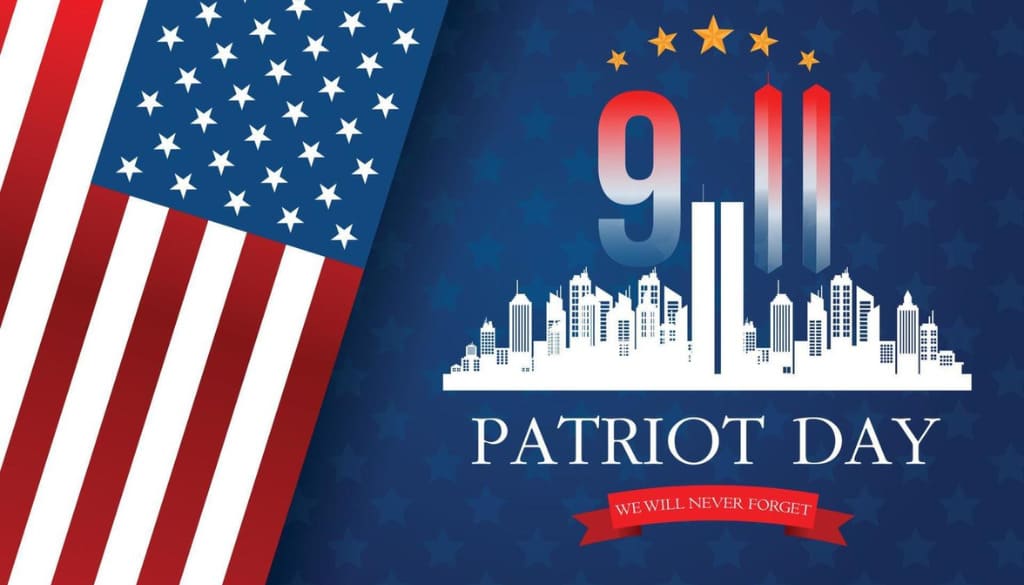
This theme celebrates the strength, unity, and perseverance of the American people after 9/11.
Iconic Visual Elements
- Bald Eagle: Symbolizes freedom, strength, and power.
- Statue of Liberty: Represents hope, courage, and resilience.
- U.S. Map Silhouette: Highlights nationwide solidarity.
Inspirational Slogans
- “United We Stand” : A strong message of unity.
- “Proud to Be American”: Celebrates national pride.
- “American Resilience”: Honors the enduring spirit of the nation.
- “Freedom Is Not Free”: Reminds us of the sacrifices made for liberty.
Design Style Tips
- Use slightly brighter tones than remembrance-themed designs, but keep the aesthetic respectful.
- Incorporate bold, impactful typography to reinforce strength and determination.
Theme 3: Honoring the Heroes
A highly profitable sub-niche that focuses on first responders, military personnel, and their families.
Firefighter-Themed Designs
- Symbols: Fire axes, helmets, and the Maltese Cross.
- Colors: Incorporate the Thin Red Line as a subtle tribute.
- Slogans:
- “FDNY Brave”
- “343 Never Forget”
- “Brotherhood of Heroes”
Police Officer-Themed Designs
- Symbols: Police badges, patrol cars, and memorial shields.
- Colors: Use the Thin Blue Line to represent fallen officers.
- Slogans:
- “NYPD Strong”
- “Heroes in Blue”
- “Protect and Serve”
Military-Themed Designs
- Symbols: Dog tags, folded U.S. flags, and combat boots.
- Slogans:
- “Support Our Troops”
- “Home of the Free, Because of the Brave”
Combined Tribute Designs
- Create unified concepts honoring all first responders, firefighters, police officers, paramedics, and the military, to reflect solidarity and shared sacrifice.
Important Design Considerations
- Avoid Commercializing the Tragedy
- Do not use graphic imagery, disturbing visuals, or humorous tones.
- Keep designs respectful and empathetic.
- Check for Copyright & Trademark Issues
- Avoid using official FDNY, NYPD, or government logos without authorization.
- Use original, stylized artwork inspired by these themes instead.
- Prioritize Quality Over Quantity
- Use high-resolution files to ensure clean, professional prints across all POD products.
- High-quality designs lead to better customer satisfaction and positive reviews.
Patriot Day (September 11) is more than just a date on the calendar. For the POD community, it’s an invitation to create meaningful products that deliver value and foster deep connections with customers. By investing time in research, understanding the significance of the event, and designing respectful, thoughtful products, you can turn this occasion into a powerful driver of sustainable sales growth.
Start planning your Patriot Day campaign today. Research relevant keywords, sketch out design ideas, and prepare your marketing strategies. FlashShip is here to accompany you with a robust POD fulfillment platform, a diverse product catalog, and top-quality printing services in the U.S. empowering you to bring your most meaningful ideas to life. Contact us today at (+84) 943 024 337 or visit seller.FlashShip.net to start your journey of “printing every idea” and seize the sales opportunities this Patriot Day season.
Please see more:
